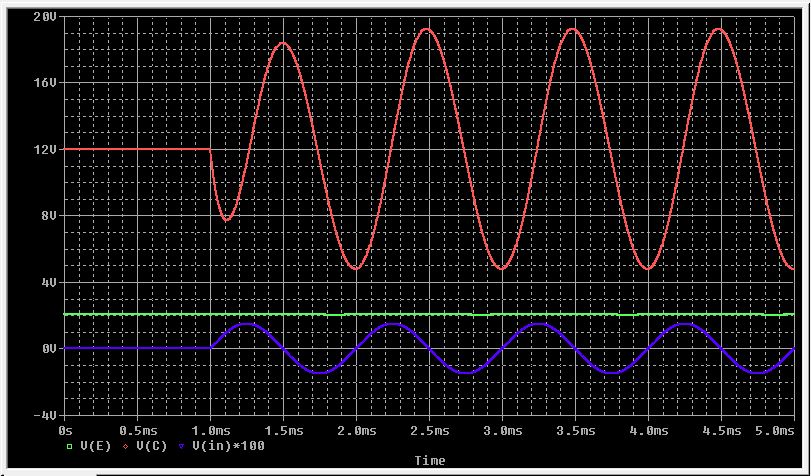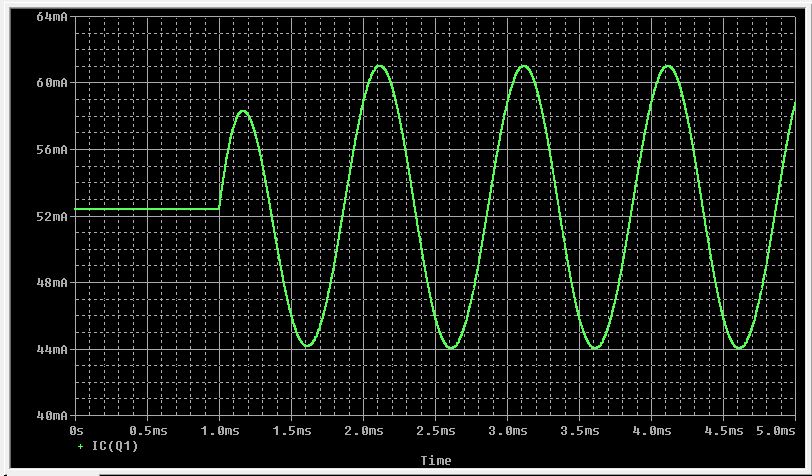How can Vce vary from 0 to 2Vcc?
If you have an inductive load in the collector (or drain) of a class A amplifier then, the signal developed across the inductor HAS to have an average value of zero or that magnetic component is going to saturate.
So think about this once again because it is fundamental to your understanding; the average voltage across the magnetic component MUST be zero. Once you have taken this on board it follows that an AC signal superimposed across the magnetic component must not break this rule i.e. its average must be zero.
I'll labour this some more - if the average voltage across the magnetic component were not zero then the current flow, after a short period of time, will be horrendous. It's all embodied in the basic inductor formula: V = L di/dt and, if V is none zero, then di/dt must be finite and therefore a finite di/dt predicts a steadily rising and never ending current of V/L amps.
You will inevitably find that the signal produced swings equally positive above Vcc and negative below Vcc (towards ground). There is no other feasible or practical solution. After all, if you placed an inductor across a power supply, after a short time the supply voltage will have dropped to nearly zero volts with the current being limited only by the inductors winding resistance.
Hence twice Vcc is the theoretical limit.




